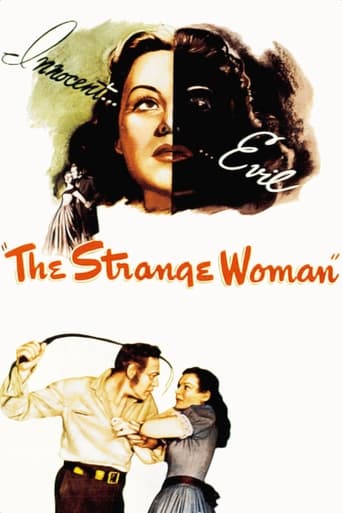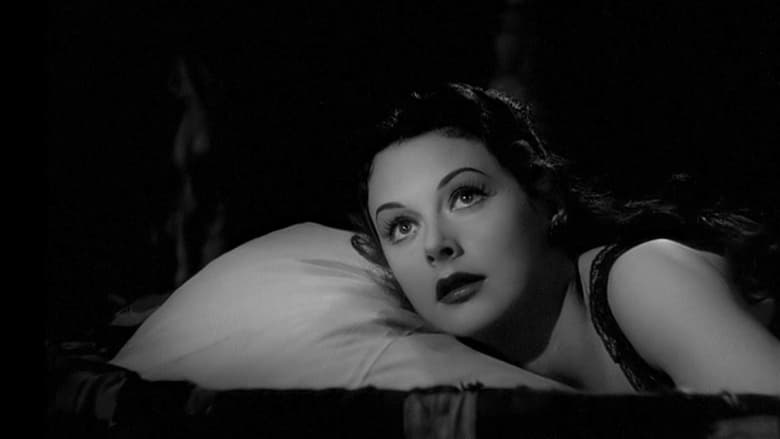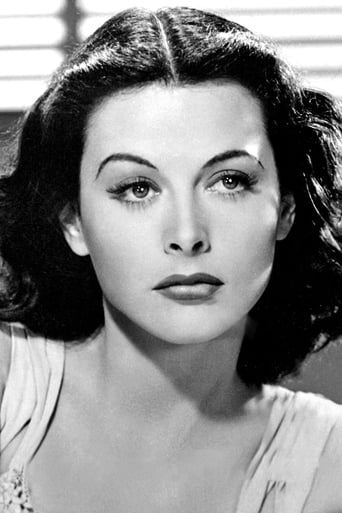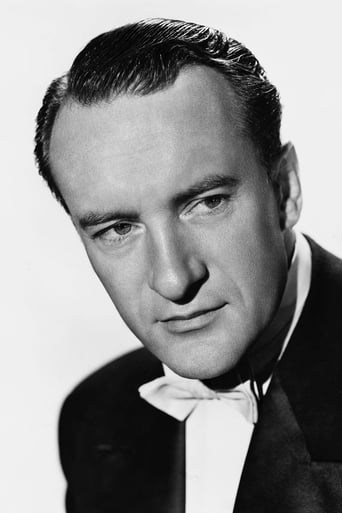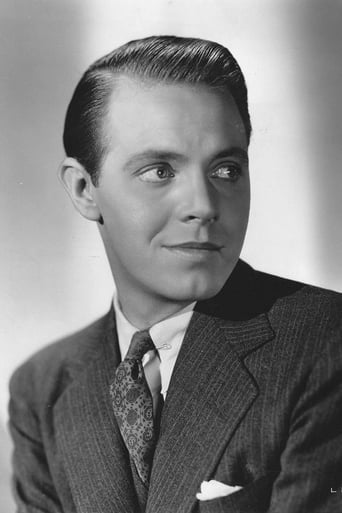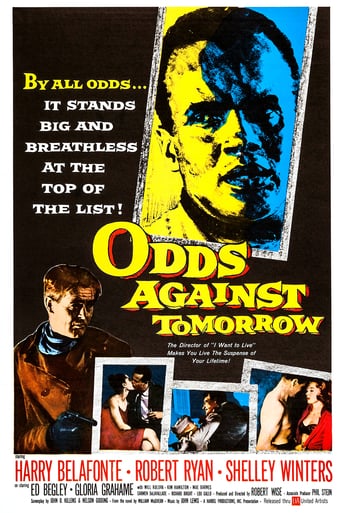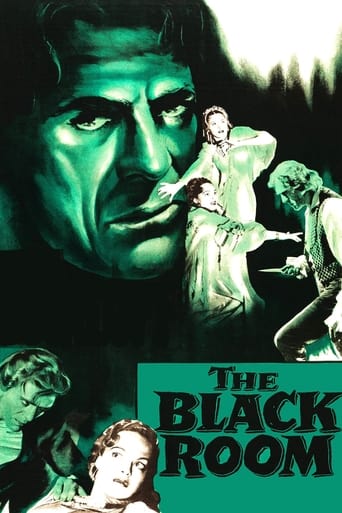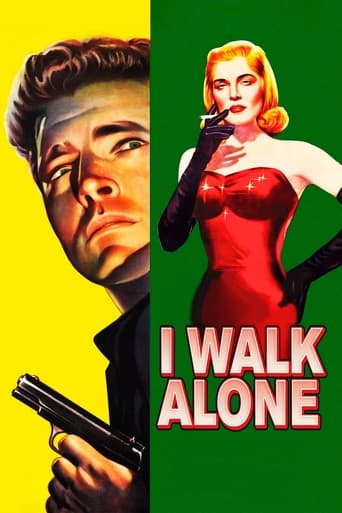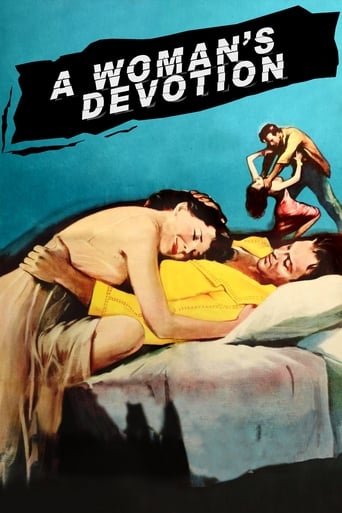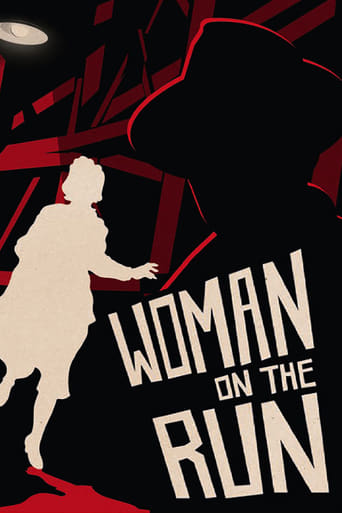The Strange Woman (1946)
In early 19th century New England, an attractive unscrupulous woman uses her beauty and wits to deceive and control the men around her.
Watch Trailer
Cast


Similar titles
Reviews
I recently bought a Noir Collector Set(Dark Film Mysteries) with 12 movies, and The Strange Woman was included which was one film I had never seen before. Many other reviews will give you the story line, and spoilers which I always hate to read before watching, so I tend to watch first and read reviews later to see if I agree with the opinions or not. If you like Hedy Lamar I think this is the movie for you. Except for the first 10 minutes where they show her character growing up, she appears in just about every scene. She is at her sultry, sexy and evil best in this one. This is strictly a 19th Century, small New England town melodrama, with very little action, but that's not bad here. The director here, Edgar Ulmer, directs the noir classic "Detour" also included in the set. Strange Woman is not as tough edged as Detour, but some scenes do excel, and even with her evil manipulations she can still get you to feel sympathetic towards her. Hedy shows great range in a few scenes, representing the character, Jenny's emotional complexities well. Also, a well cast supporting actor group that do a good job helping the plot move along. Hedy makes for a great femme fatale.
The Strange Woman is an interesting piece of experimentation by Hedy Lamarr. Though her Viennese accent is hardly suggestive of down home Maine, the idea was to cast a woman that men are just drooling over. Half the population of 1820s Bangor, Maine certainly was. Her accent is also a hindrance in that Dennis Hoey is supposed to be her father. She sure didn't learn to talk the way she does from him.Watching this film ought to make people realize that the newly admitted state of Maine was as much a frontier as the west was. It was part of Massachusetts until it was split off and admitted as its own state in 1821. Those scenes of the drunken loggers and sailors are very much like Dodge City when the Texas cattlemen are in town and on a tear. And there was no Wyatt Earp to keep them in line.There's a prologue where we see the characters of Hedy Lamarr and Louis Hayward as children. This is one pretty girl who later becomes a beautiful woman, but is as ruthless and evil in getting what she wants.What she wants is to get out of Hoey's home and influence so she sets her cap for rich logging merchant Gene Lockhart. Hayward is his weakling son who wants her bad. He does anything for her and it destroys him in the end.After Lockhart dies she decides she wants George Sanders as her second husband. Sanders is the manager of the logging camp and he and Hillary Brooke are an item. Never mind that, Sanders is putty in her hands as Hayward was. Hayward is an actor waiting to be rediscovered. That man could and did play all kinds of roles and was never afraid of being a villain.Except for an incredibly contrived cop out ending which ruined the film, The Strange Woman will make for some interesting viewing.
Sigmund Freud killed Pierre Janet. The French School of "psychopathology driven by child abuse" of the late 1800s and early 1900s was crushed by the German-Austrian School of "innate drives in conflict with morality" in the early 20th century. (Hey! The latter fit so much better with authoritarian religion.) So what does that- have to do with "The Strange Woman?" Plenty, if one views the script through the lens of modern-day interpersonal psychology. Beat and molest a beautiful female child; figure on a physically empowered, castration-bent sexual predator in adulthood whose ego has split into warring fragments of viciousness and guilt. Janet was the only major figure in the study of human behavior who'd written extensively on what we see in Lamarr's character up to the time "TSW" was made. Sharron Stone has done the nasty half of the character with a lot more vitality in a number of films, but the fact that the resentful, revenge-obsessed, adult molestee was the central character in any Hollywood production in 1946 is remarkable.I'd love to know how this project came together. My (educated) guess is that co-writer Hunt Stromberg was in the middle of it from the inception. According to Aberdeen's book, Hollywood Renegades, Stromberg had formed an independent production company to produce films like "Lady of Burlesque" with "Bad Barbara" Stanwyck (well, that's what they called her in those days) in 1942. He followed up on "TSW" with another (somewhat better) Lamarr vehicle called "Dishonored Lady" featuring a similar theme.Director Ulmer ("The Black Cat," "Girls in Chains," "Ruthless;" all amusing) wasn't quite up to his best here, even though he was a native German speaker working with a native German speaker. Even so, Lamarr (surely one of the most beautiful women in film history) is fairly interesting here, even if she remains insufficiently histrionic to pull this off as believably as might have been the case had Stanwyck, Davis or Crawford taken the part. I love to look- at her, but Lamarr seemed to be unable to allow her characters to really inhabit her at any point in her career.Best dialogue: Lamarr: "But, the rain! You know what happens in the rain. The roads get very dangerous." Sanders: "Yes; they get very muddy." Ask any male who's ever fallen into the snakepit with a dissociated borderline / adult-molested-as-a-child what -that's- about. The worth of watching this one is largely in the first 20 minutes and perhaps for Hayward's rendition of the used up, discarded tool on her way up in a world of (disgusting, easily manipulated) men-. (I know plenty of guys who've been there-.) But I (personally) related more to Sanders obsession with playing with fire even though he knew better. Some of you will, too. Hahahahahaha.
1840s Bangor, Maine is the setting for THE STRANGE WOMAN, by the author Ben Ames Williams, who also set his modern story of a jealous woman in the same sort of Maine setting for "Leave Her To Heaven".This one does not have the production values of the Fox film, is directed by a less distinguished director, Edgar G.Ulmer, but gives HEDY LAMARR a stronger role than usual while at the same time permitting her to be her beautiful self. As Jenny, she's really the stock heroine of the sort of novels Williams wrote, centering around jealous women who destroy the men in their lives by their shallow nature.Hedy first marries a wealthy man (GENE LOCKHART) for his money, then latches onto his weak son (LOUIS HAYWARD) whom she convinces to kill her husband during a boating accident, then sets her cap for a man she puts in charge of her husband's business (GEORGE SANDERS), never minding that he's already got a sweetheart (HILLARY BROOKE), and eventually coming between them in a less than subtle way.In fact, all of Hedy's machinations are less than subtle, accompanied by some dramatic background music by Carmen Dragon, and enhanced by close-ups of the star flaring her nostrils and posing provocatively in shadow or light, never once looking less than rapturously beautiful. Despite all her physical charms, it's clear that her acting, while acceptable, at the same time has severe limitations. Her face remains a beautiful mask whether she's suffering nobly or expressing radiant delight that her multiple schemes are working.LOUIS HAYWARD is a bit too old for the role of a man returning from college to live with his father and his step-mother, but acquits himself well in the role nevertheless. GEORGE SANDERS has a rather nondescript role for an actor of his brittle charm, obviously so enamored of Jenny that he overlooks all the puzzling elements that go into making her "a strange woman".DENNIS HOEY is excellent as Jenny's drunken father in the early scenes and ALAN NAPIER is effective in a brief supporting role. Production values are less than luxurious despite the detailed sets and the B&W photography suffers from the under-lit lighting, not helped by the fact that the print itself being shown on TCM is not high quality and sometimes gives the film a harsh look rather than Gothic grandeur.For Lamarr's fans, it's one of her better vehicles at a time when she was free-lancing away from MGM. At least the story gives her more of a chance to show some dramatic talent that was largely obscured in most of her MGM outings, although her range is clearly limited.

